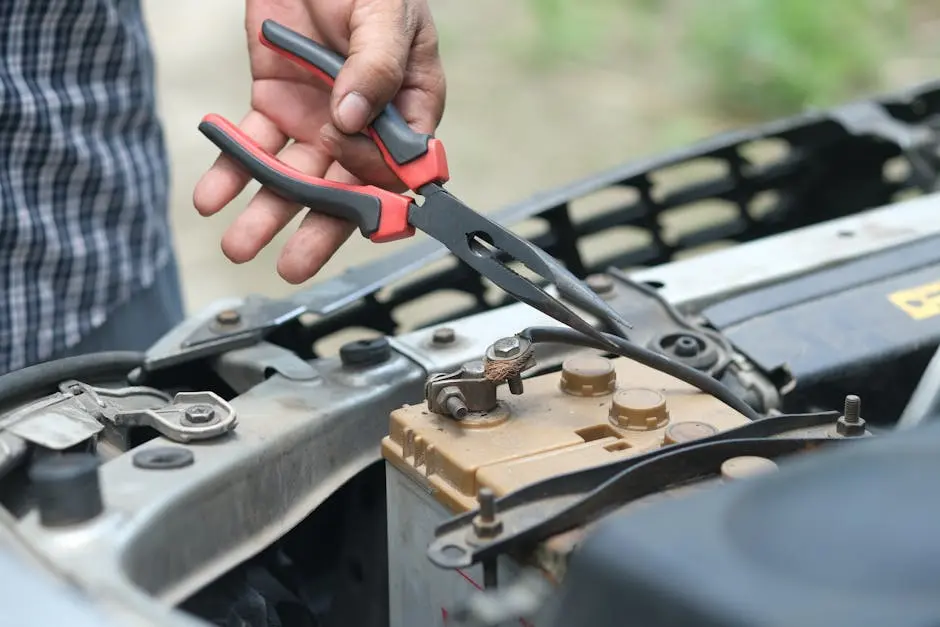
How Can I Tell If My Battery Cables Need Replacing?
Share
Ensuring your vehicle’s battery cables are in good condition is crucial for maintaining a reliable electrical system. Over time, battery cables can wear out, leading to performance issues or even a failure to start. In this guide, we’ll explore some simple ways to determine if your battery cables need replacing.
Check for Visible Damage
Start by inspecting your battery cables for any obvious signs of damage such as fraying, cracking, or excessive wear. This kind of damage can interrupt the flow of electricity, causing performance issues.
If the cables appear to be damaged, it is crucial to address this issue immediately to ensure continued reliability of your vehicle’s electrical system. Damaged cables can result in engine start failures, leaving you stranded.
Examine for Corrosion
Corrosion, often seen as a white or bluish powdery substance around the battery terminals or cable ends, can interfere with electrical connectivity. Regular cleaning can help, but if the corrosion is extensive, replacement might be necessary.
To clean the corrosion, a simple mixture of baking soda and water can be applied around the terminals. However, if the corrosion persists and spreads extensively, it may be time for preventive maintenance measures.
Test the Cable Flexibility
Healthy battery cables should be flexible. Gently bend the cables to see if they are supple or if they feel stiff and brittle. Stiff or brittle cables are more likely to crack and should be replaced.
Flexible cables allow for better current flow, decreasing the likelihood of battery startup issues. If you notice any portions of the cable feeling fragile, it could be a sign of wear and aging, so catching these early will avoid inconvenient vehicle breakdowns.
Check for Loose Connections
Ensure that the connections between the battery cables and the battery terminals are tight and secure. Loose connections can lead to intermittent electrical problems and should be tightened or replaced if necessary.
If you’re experiencing unexpected flickering lights or issues starting the vehicle, looseness in connections might be the culprit. Regularly checking and securing these connections can significantly improve the electrical flow efficiency, minimizing the risk of failures.
Conduct a Voltage Drop Test
Performing a voltage drop test can help determine if there’s too much resistance in the cable, which indicates it’s not conducting electricity efficiently. If the test reveals high resistance, it may be time for a replacement.
A voltage drop test is straightforward and can be done with a multimeter. When resistance levels exceed the norm, the inefficiency results in power loss, impacting the overall performance of your vehicle’s electrical system. Learn more about the significance of this diagnostic test.
Keep Your Vehicle Running Smoothly
By regularly checking your battery cables for signs of wear and performing routine maintenance, you can prevent unexpected electrical issues and ensure your vehicle runs smoothly. Remember, if you’re ever in doubt about the condition of your cables, consulting with a professional is always a smart choice. For all your electrical needs, visit our homepage and explore our offerings.

